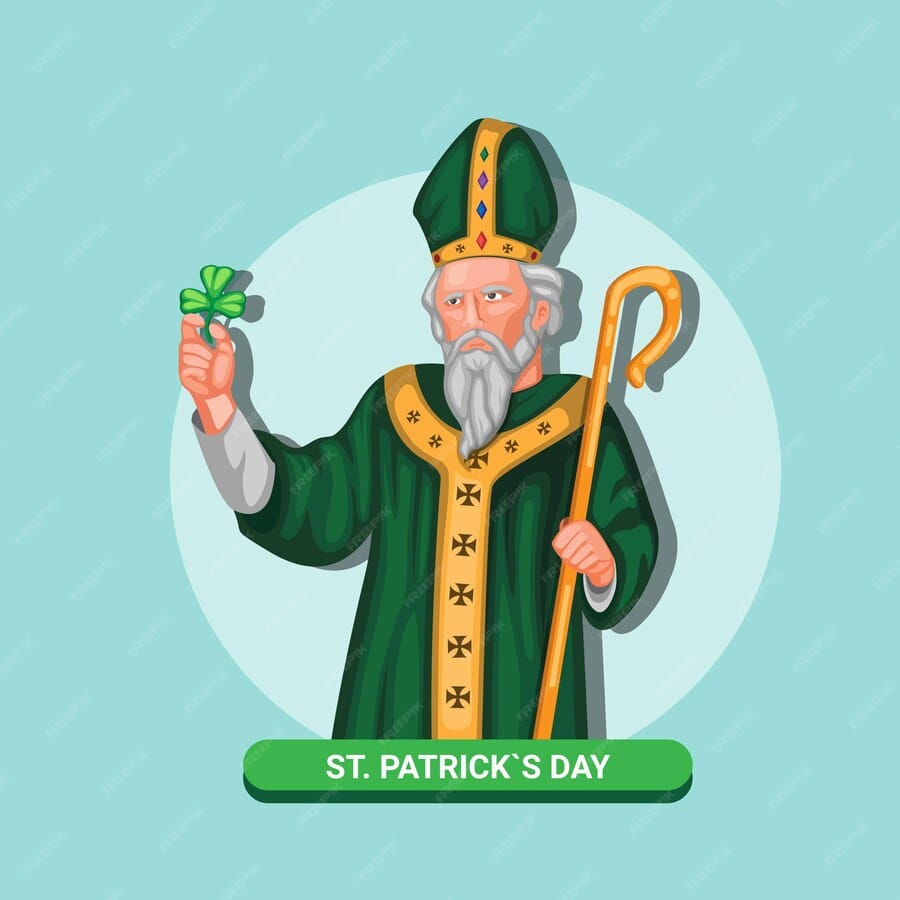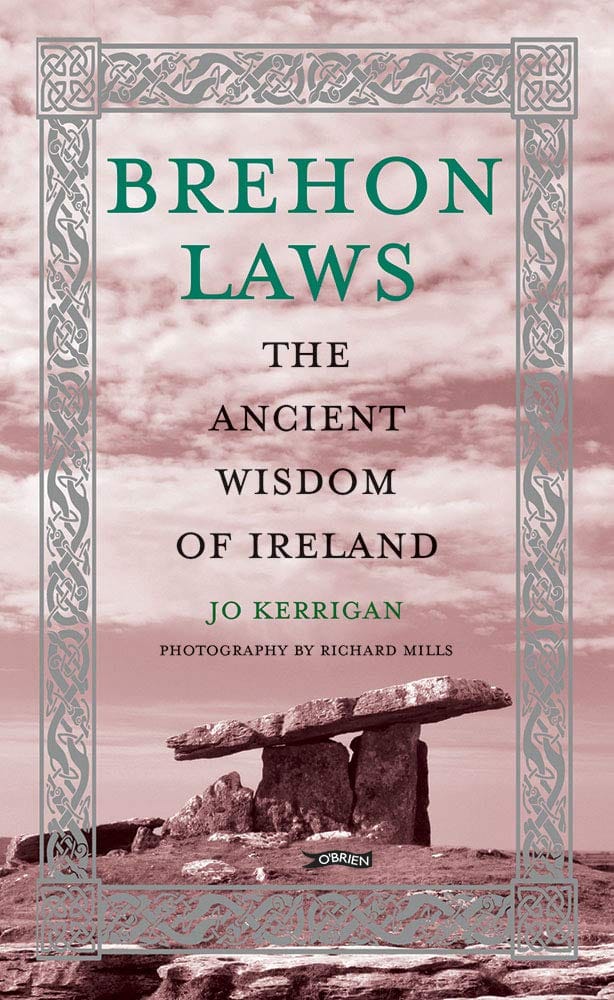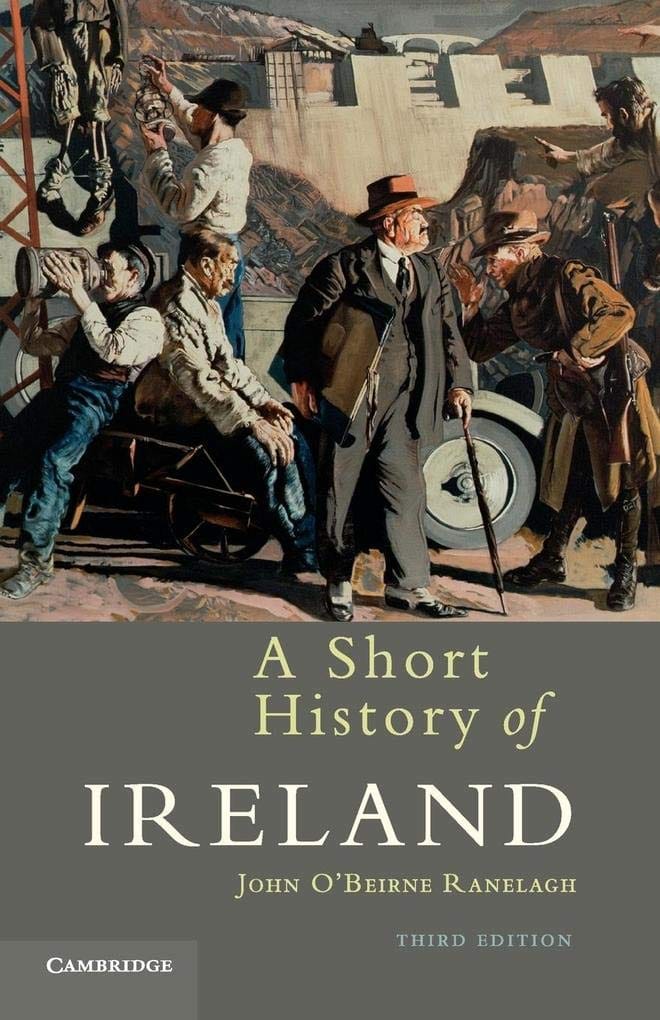Listen to your elders: Before St. Patrick, life in Ireland was remarkably progressive
St. Patrick’s Day in the U.S. is traditionally marked by boisterous parades featuring shamrocks, leprechauns and curly-haired Irish dancers. Thanks to some clever marketing in recent years, creamy pints of Guinness are now on the menu every March 17 as well.

St. Patrick’s Day in the U.S. is traditionally marked by boisterous parades featuring shamrocks, leprechauns and curly-haired Irish dancers. Thanks to some clever marketing in recent years, creamy pints of Guinness are now on the menu every March 17 as well.
While similarly proud and assertive (and alcoholic), festivities in St. Patrick’s adopted homeland — he was born in late 4th-century Roman Britain after all — often take a longer view, focusing on the millions of Irish emigrants and their descendants spread across the globe who have kept the tricolor flag flying over the years.
According to my reputable Web sources, St. Patrick’s Day began in 1631 in Ireland as a religious Feast Day, but emigrant Irish in the U.S. soon transformed the occasion into a mainly secular holiday celebrating all things and everyone Irish, with Boston holding its first parade in 1737.
Of course, it’s reasonable to wonder what life was like in Ireland before St. Patrick’s stern Christian doctrine became widespread and indeed before the man himself became the Emerald Isle’s main marketing tool.
I decided to find out by dipping into some early Irish history, specifically the dawn of the first millennium A.D. This was when the Brehon Laws — so called because they were administered by the brithemain, or judges, who presided over individual clans — ruled the land.

In these so-called enlightened times, we tend to turn up our noses at outdated, often barbaric social systems from the distant past. One look at the basic precepts of Brehon Law, however, should make us think twice about rushing to such judgment.
For instance, before St. Patrick’s introduction of Christianity into Ireland altered the moral landscape, communal rights that existed under the Brehon Laws were incredibly liberal and today appear almost Scandinavian in their scope.
According to Irish author Jo Kerrigan, writing in her book “Brehon Laws: The Ancient Wisdom of Ireland:” “Back in prehistory, long before anywhere else in northern Europe even started to think about assembling basic laws for their country, Ireland possessed a smoothly working, humane, practical, thoughtful and incredibly detailed code of lawful behaviour.”
The position of women under Brehon Law, most notably, was comparable to that of men, particularly where property ownership and marital break-up were concerned. This led to an inevitable clash of values.
Owing to their far-sighted divorce laws, which made a formal provision for the divorced wife as well as the children of a second wife or those resulting from an extra-marital dalliance, the Irish kings and their legal system stood condemned abroad. Their principal accusers were members of the Catholic hierarchy on mainland Europe.
And the Brehon way was ahead of its time in another area of social justice. According to John O’Beirne Ranelagh, writing in “A Short History of Ireland:” “The Laws rarely resorted to capital punishment, preferring instead an elaborate compensation system, which also had the benefit of preventing long vendettas and establishing the law as the preferred arbitration procedure.”

Only in cases where the offender defied all the injured party’s petitions could the old rule of direct retaliation be used.
This system also seems to have fostered a form of protest common to this day in Ireland. Under the Brehon Laws, aggrieved parties could compel those of superior rank to deal with them by undertaking a hunger strike.
“This procedure was held in some awe,” Ranelagh continues, “and it is clear that great dishonour fell upon a defendant who refused to submit to it.”
Of course, no set of laws is perfect, and the Brehon system had its flaws. For example, the family was the recognized legal unit in ancient Irish society, and this determined everyone’s standing. Social mobility was non-existent, and any mention of individual freedoms or rights was still centuries away.
Also, as Sean Duffy points out in his informative study, “Ireland in the Middle Ages:” “Our mental picture of Ireland in the seventh and early eighth centuries is clearer and far more detailed than that available for almost any country in Europe.”
Where the Brehon Laws are concerned, Duffy observes: “As in today’s world, the theory of the law is often contradicted by the reality of practice.”
So do we have anything to learn from the old Irish law texts set down many centuries ago? To quote Jo Kerrigan again:”"Even today, a couple of thousands years on, we are only putting into place principles that were taken for granted by our furthest ancestors.”
Maybe every alternate year, that’s what contemporary St. Patrick’s Day festivities can be about. We can sideline the shamrocks and the Guinness and instead get in step with the sense of justice and fair play embodied in the Brehon Laws.

Medford native Steve Coronella has lived in Ireland since 1992. He is the author of “Designing Dev,” a comic novel about an Irish-American lad from Boston who's recruited to run for the Irish presidency. His latest publication is the column collection “Entering Medford – And Other Destinations.”




